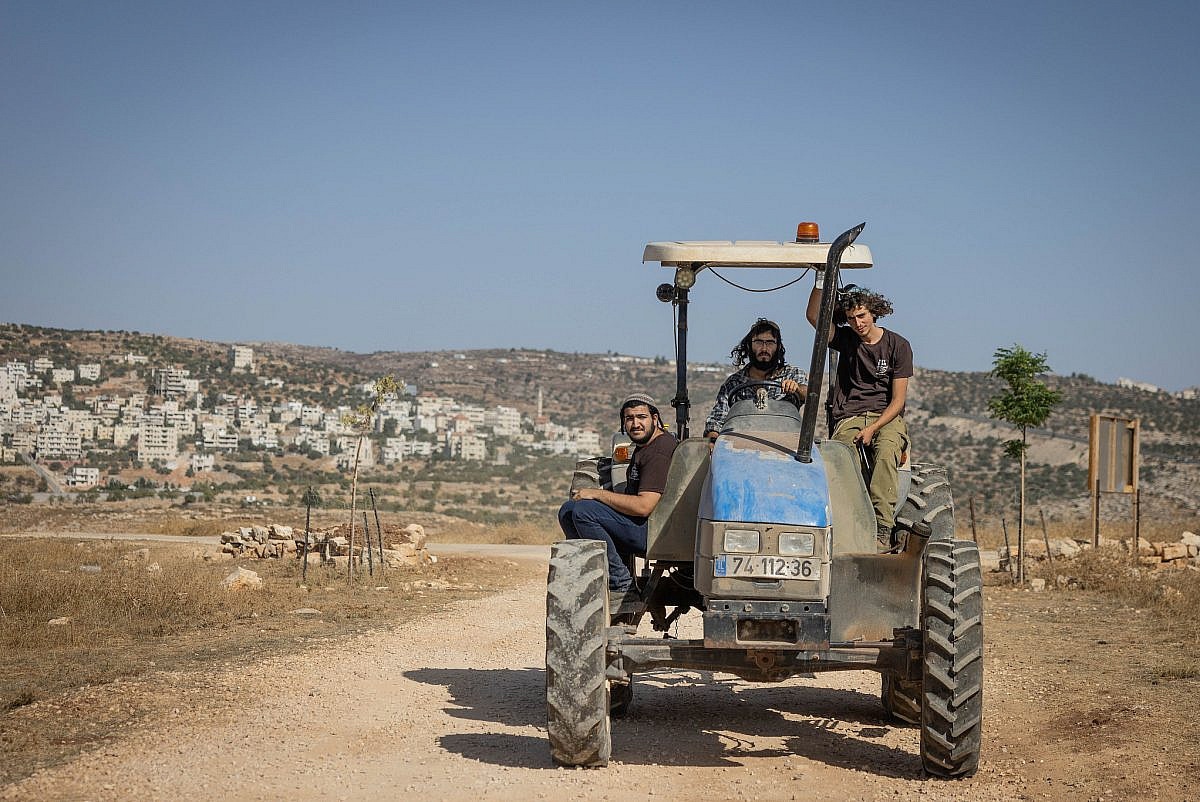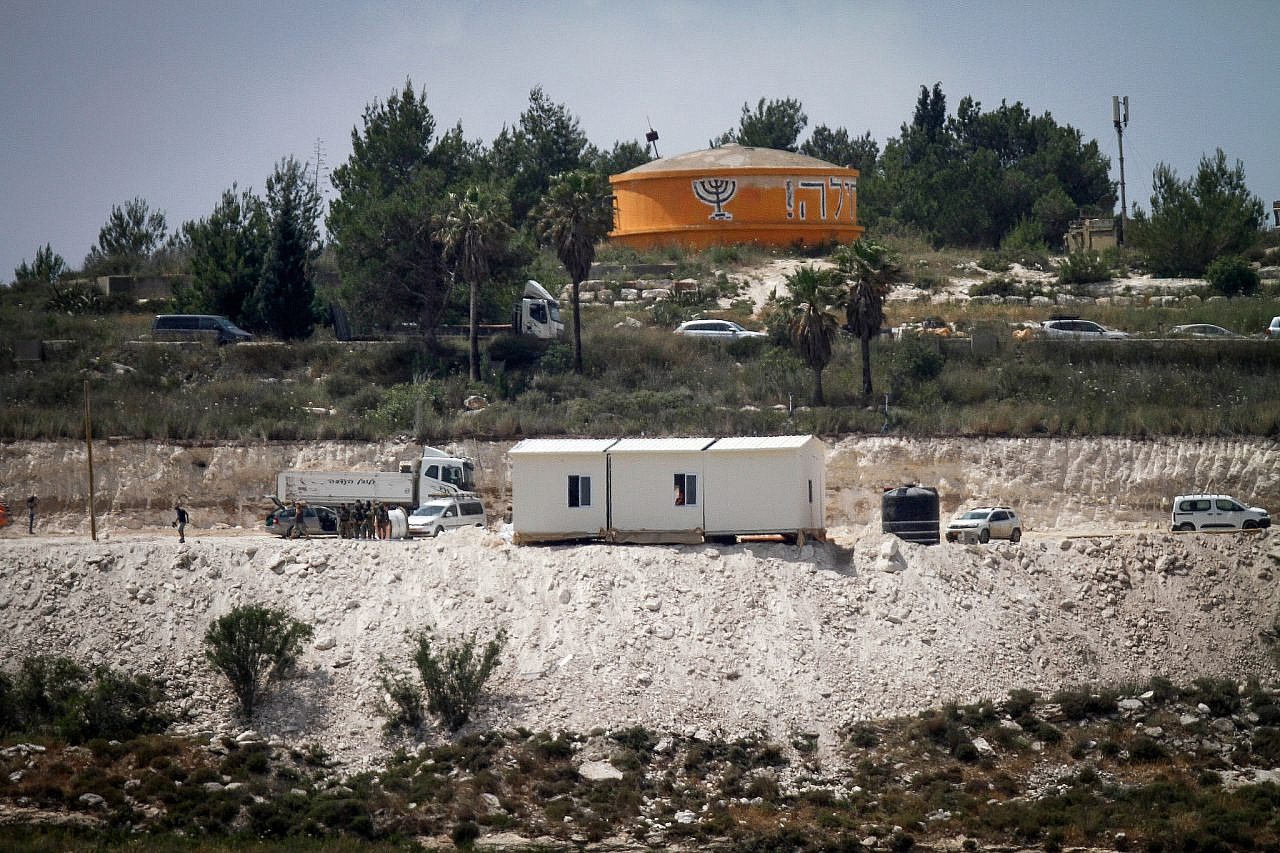Since late December, Palestinians living in the village of Battir, west of Bethlehem in the occupied West Bank, have been cut off from significant portions of their land. A group of Israeli settlers simply arrived in the area one day — which UNESCO has designated as a world heritage site — and set up a new outpost, with a few small shacks for living in and for keeping their livestock.
“Settler shepherds took control of the area and started grazing their flocks on villagers’ lands, preventing Palestinians from reaching their pastures,” Ghassan Alyan, a resident of the village, told +972 Magazine. “They even flew drones into our flocks to disperse them and threatened to shoot them.”
As a result, the farmers and shepherds of Battir have completely lost access to land that used to be the source of their livelihood. “This area became forbidden for Palestinians to reach — settlers may shoot any Palestinian who is found there. The settlers wear army uniforms and move under the army’s protection,” Allyan continued, noting a trend by which the enlistment of settlers into the army’s reserves amid Israel’s war on Gaza has made it harder to distinguish between settlers and soldiers.
“People from the village used to go for hikes in this area, but now, no one can go out and enjoy nature,” Alyan added. “The settlers drive around in their cars, using new dirt roads that they opened after establishing the outpost. The residents of Battir are terrified. No one goes near this area.”
Over the last five months, large swathes of Palestinian-owned land in the West Bank have been effectively annexed by Israeli settlers. In some areas, like Battir, settlers have established completely new outposts — nine of them, according to a report by Peace Now.
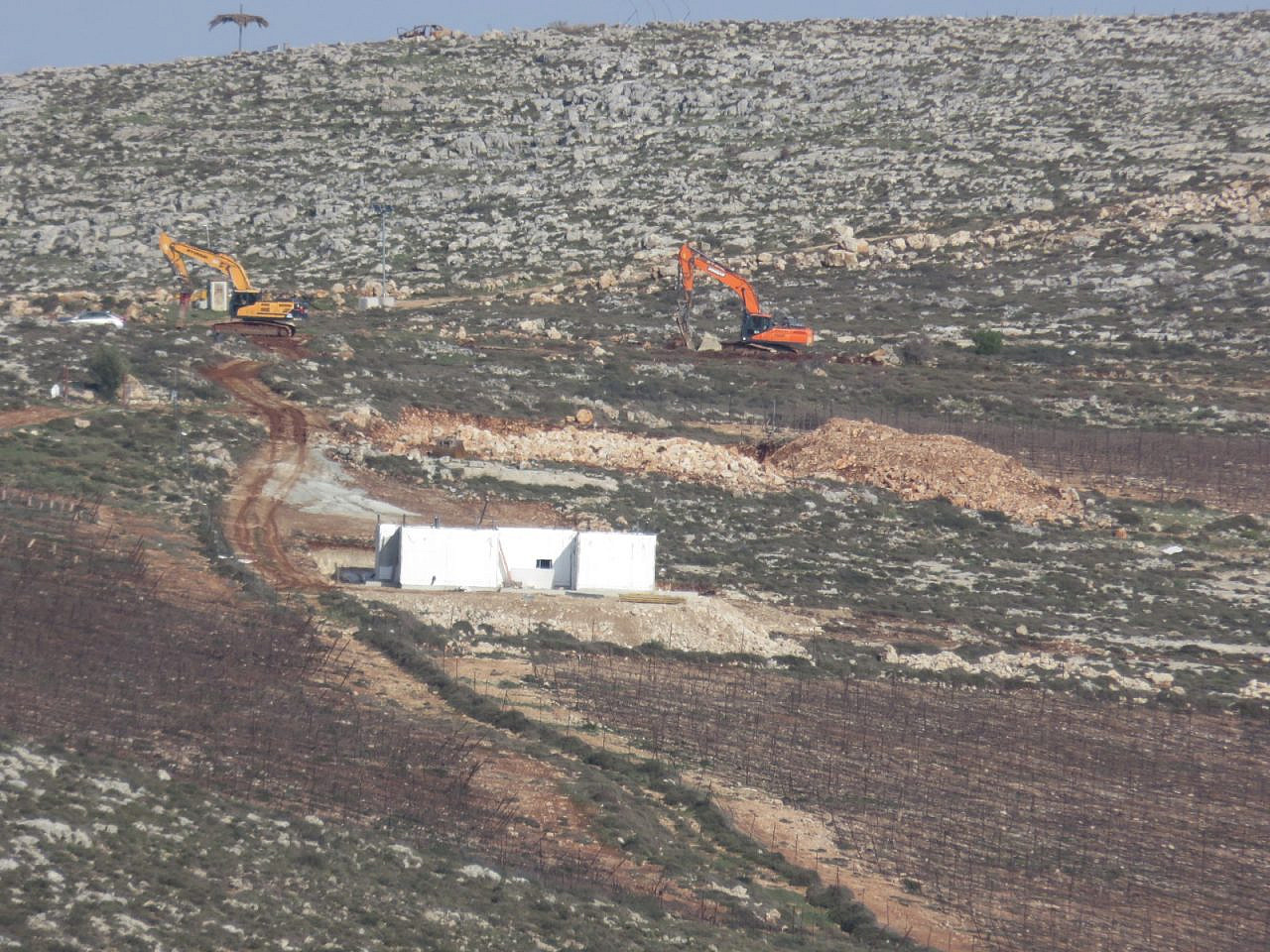
While all Israeli settlements in the West Bank are illegal under international law, the construction of unauthorized outposts is technically illegal even under Israeli law. Nonetheless, the Israeli army invariably protects the settlers, and the state generally allows them to be hooked up to the electricity and water grid — unlike the Palestinian communities on whose lands they are built.
And under Israel’s current far-right government, the distinction has been blurred even further: in December, Finance Minister Bezalel Smotrich allocated NIS 75 million (around $21 million) of state funds to outposts across the West Bank.
Meanwhile, settlers have also paved or advanced at least 18 new roads without prior government authorization since October 7, according to the Peace Now report, enabling the expansion of settlements and outposts while simultaneously cutting Palestinians off from their land. And in several cases, under the cover of war and with the army’s active or tacit collaboration, settlers have simply taken over land by force, threat, or military decree.
‘By the time the war ends, settlers will have spread dramatically’
As darkness fell in the village of Ar-Rihiya, just south of Hebron, on Nov. 26, the sound of excavators filled the air. “The settlers [from the nearby settlement of Beit Hagai] had begun carving a dirt road that extended across hundreds of dunams,” Ahmad al-Tubasi, a resident of Ar-Rihiya, told +972. “We called the Israeli police multiple times, and when they finally arrived, the excavator operators had vanished. The police acted like they didn’t know what had happened.”
A few weeks later, the settlers returned. Odeh al-Tubasi, a farmer who plows the land of many residents of the village, recounted what happened: “I was cultivating winter crops when, about 250 meters away, a military vehicle appeared, followed by another white vehicle from which four settlers emerged. I was gripped by fear as they approached. I quickly drove my tractor away, all the while hearing settlers shout in Hebrew, ‘Don’t come back here, it is forbidden for you to enter and work. This is our land!’”
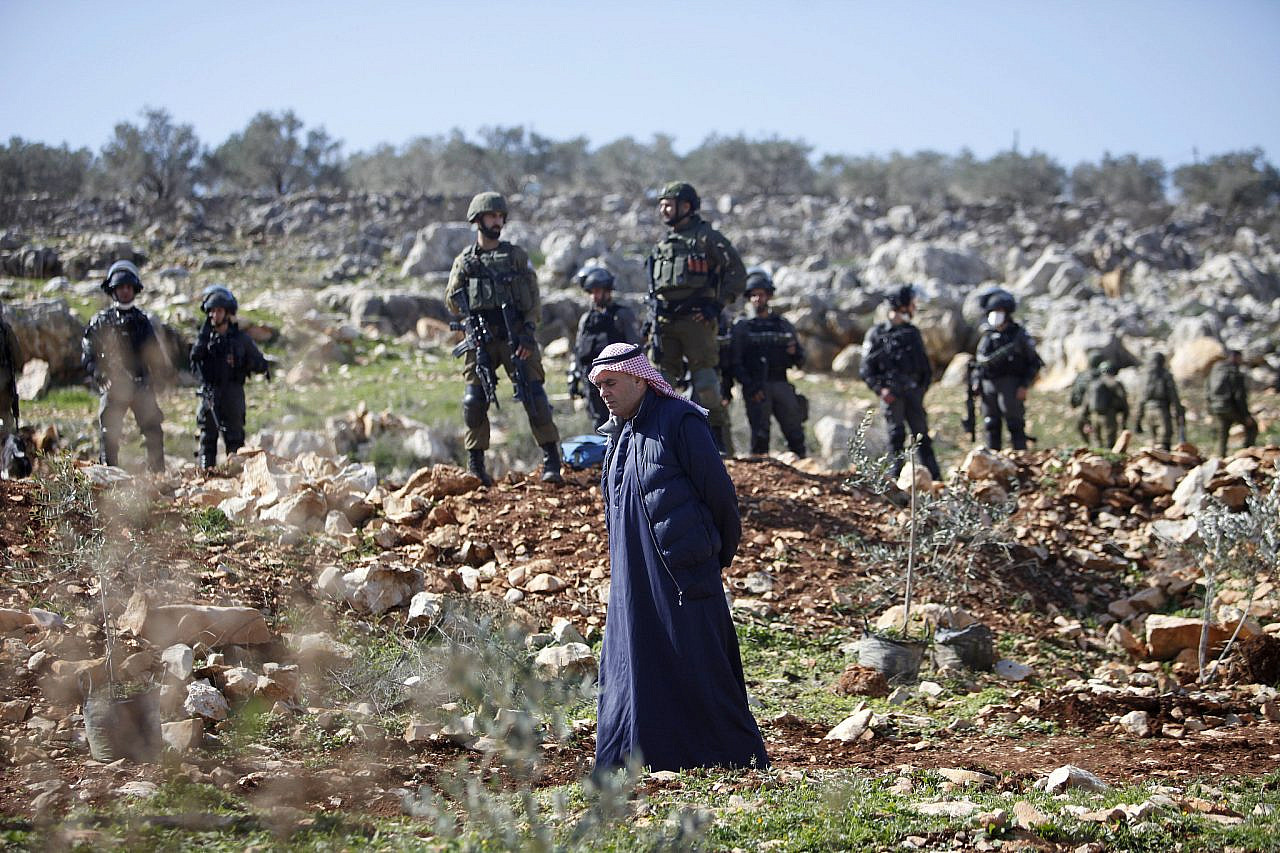
The sequence of events often follows this pattern: first, settlers erect mobile homes on Palestinian land; then they take over or build key infrastructure such as roads, usually without permits; and finally, through sustained attacks and harassment without army or police intervention, they expel Palestinians from the land. Since the Hamas-led October 7 attacks on southern Israel, more than 1,000 Palestinians have been forcibly displaced in this way from villages in Area C of the West Bank — the roughly 60 percent of the territory under full Israeli control, where all the settlements and outposts are located.
The residents of Beit Awwa, west of Hebron, have found themselves in the midst of this process since last year, with the construction of a new outpost on the village’s lands. Last summer, Israeli settlers from the Havat Negohot outpost, with the army’s backing, began leveling several dunams of land and erecting temporary structures approximately 50 meters from the village’s Palestinian homes. The settlers blocked the only road that provided access to six Palestinian homes as well as agricultural land, forcing the residents of those homes to take distant and unpaved roads and carry food and water on their backs or on donkeys.
After October 7, the settlers carved out a new road and erected five more tin shacks, further expanding the outpost. The Beit Awwa Municipality, in collaboration with residents, submitted an urgent petition to the Israeli Supreme Court requesting the reopening of the roads. A hearing took place on Jan. 29, but no decision has yet been reached.
According to Peace Now, the settlers have continued working on the road while the legal proceedings are underway, in an attempt to connect the new outpost to the settlement of Negohot, which itself was also built on lands belonging to Beit Awwa. The new road was unlawfully paved without a proper planning or building permit, while the road that served Palestinian residents remains closed.
“The establishment of the new outpost will exacerbate our suffering,” Beit Awwa’s mayor, Yousef al-Swaiti, told +972. “By the time the war ends, the settlers will have spread dramatically in the vicinity of the village. No one will be able to get there. Armed settlers might shoot any resident of the village who simply tries to approach the confiscated land.”
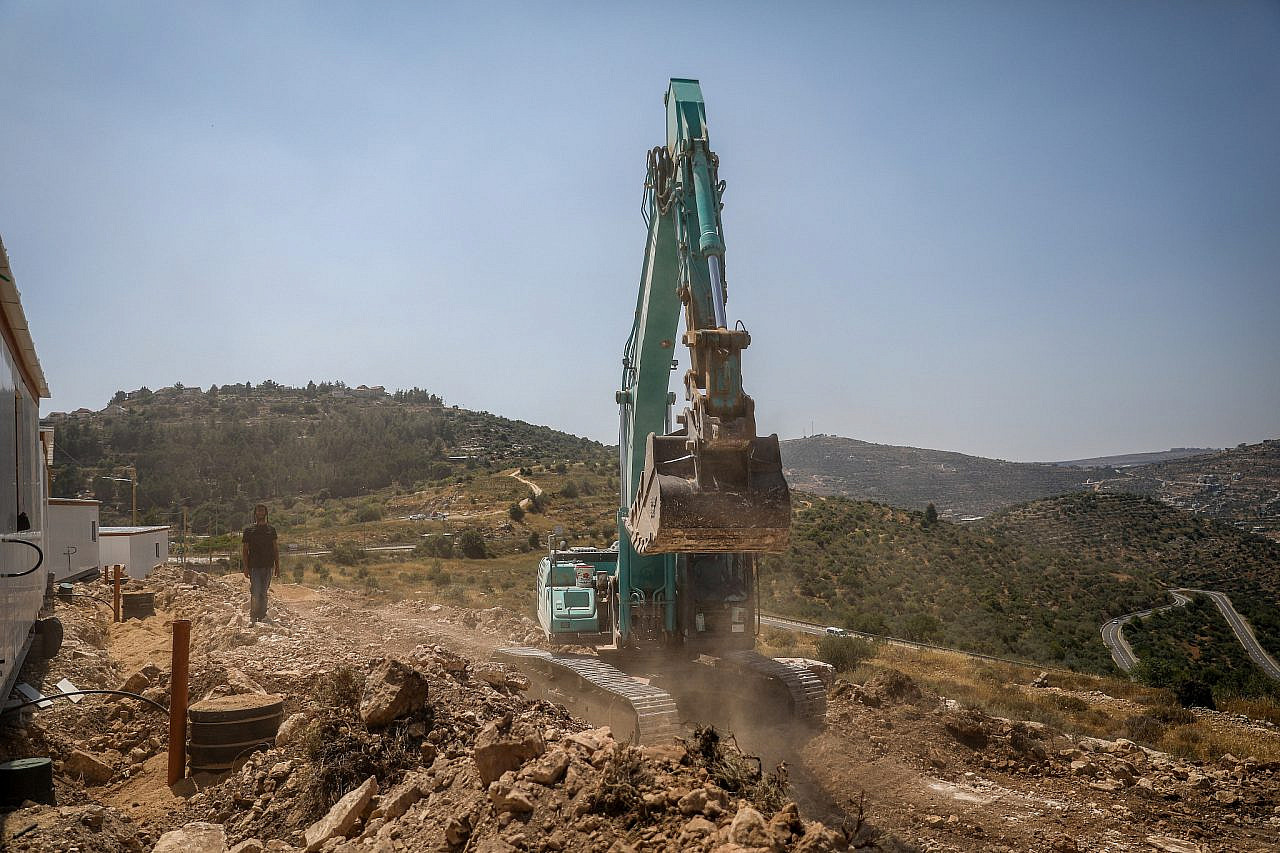
Attacks on the village’s residents are already becoming commonplace, by settlers and soldiers alike. On Nov. 15, Nouh Kharub was attacked by soldiers while sitting on the ground with his family in front of their house in Khallet a-Taha, on the eastern outskirts of Beit Awwa.
“One of them hit me several times with a rifle,” he recounted. “Both the soldiers and the settler who accompanied them shouted at us: ‘It is forbidden to return here,’ and, ‘We will shoot you.’ We found ourselves trapped in the house, with no way for anyone to reach our home, while the settlers erected a new outpost about 100 meters away.”
A similar fate befell Mohammad Aqtil: the establishment of the outpost has prevented him and his family from accessing their land in Khallet a-Taha. “My children and I have been restricted from moving outside the house,” Aqtil explained. “We are not allowed to do anything on the land.
“The soldiers always tell me, ‘This is a military zone, this house is not yours, these are state lands.’ Meanwhile, settlers set up an outpost with buildings and tents, encircling them with barbed wire, and connecting it to a paved road leading to Negohot. The construction progressed rapidly after the declaration of war.”
‘It was like they were seeking revenge’
Sometimes, no new construction is required to kick Palestinians off their land. On Jan. 2, 48-year-old Yousef Makhamra from the village of Khirbet al-Tha’la, in a part of the southern West Bank known as Masafer Yatta, went out to plow his land with other Palestinian farmers. Due to a sharp rise in attacks by Israeli settlers and soldiers on Palestinians working their land in this area in recent years, they were accompanied by left-wing Israeli activists as a form of “protective presence,” in the hope of deterring, or at least documenting, such incidents. That day, it was to no avail.
“We began working on the land, sowing seeds, when a white army vehicle arrived,” Makhamra told +972. Out of the van emerged several Israeli soldiers and three settlers dressed in army trousers — one of whom, Bezalel Dalia, Makhamra knew to be from the outpost of Nof Nesher.
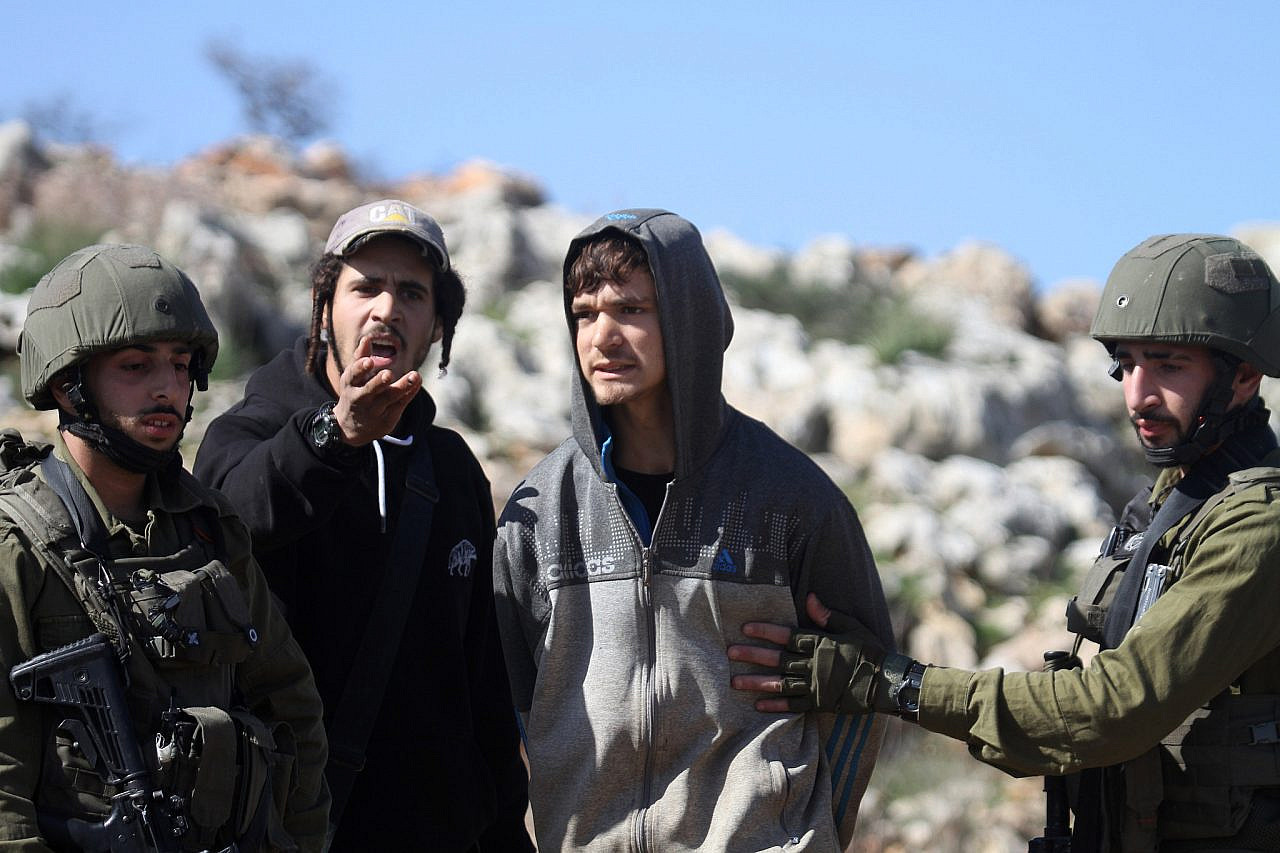
“They rushed toward us and cuffed my hands behind my back, doing the same to Jamil [another farmer],” he continued. “Some of the settlers prevented the Israeli activists from filming, while Dalia kicked me. “I told him, ‘Stay away from me, I’m sick,’ but he continued to kick me.
“I felt intense fear because the settlers were with soldiers,” Makhamra went on. “It was like they were seeking revenge [for October 7]. One of them said, ‘This land is for the settlers.’”
After a few minutes, more Israeli activists arrived, and the soldiers promptly untied the handcuffs on Makhamra and Jamil. One of the activists presented the soldiers with a court decision affirming the right of the Palestinian farmers to cultivate the land. The officer insisted, however, that they cease working until someone from the Civil Administration — the arm of the military responsible for administering the occupation — could confirm that the farmers did indeed have this right.
The farmers waited several hours before a representative from the Civil Administration arrived and authorized them to continue working. But an hour later, another settler, Issachar Mann from the outpost of Havat Maon, arrived with soldiers who again demanded that the Palestinian farmers stop working until the Civil Administration could weigh in — despite a representative having just come and permitted the work.
This time, no one else came, and after four more hours the soldiers issued the farmers with a military order to leave the area. Ever since, the Palestinian farmers of Khirbet al-Tha’la who, like Makhamra, work on lands close to settlements and outposts have been unable to reach them.
On March 1, the commander of the Israeli army’s West Bank division issued a further military order declaring the lands of Khirbet al-Tha’la near the settlements and outposts as a closed military area. The army refused to confirm to +972 whether the order remains in force.
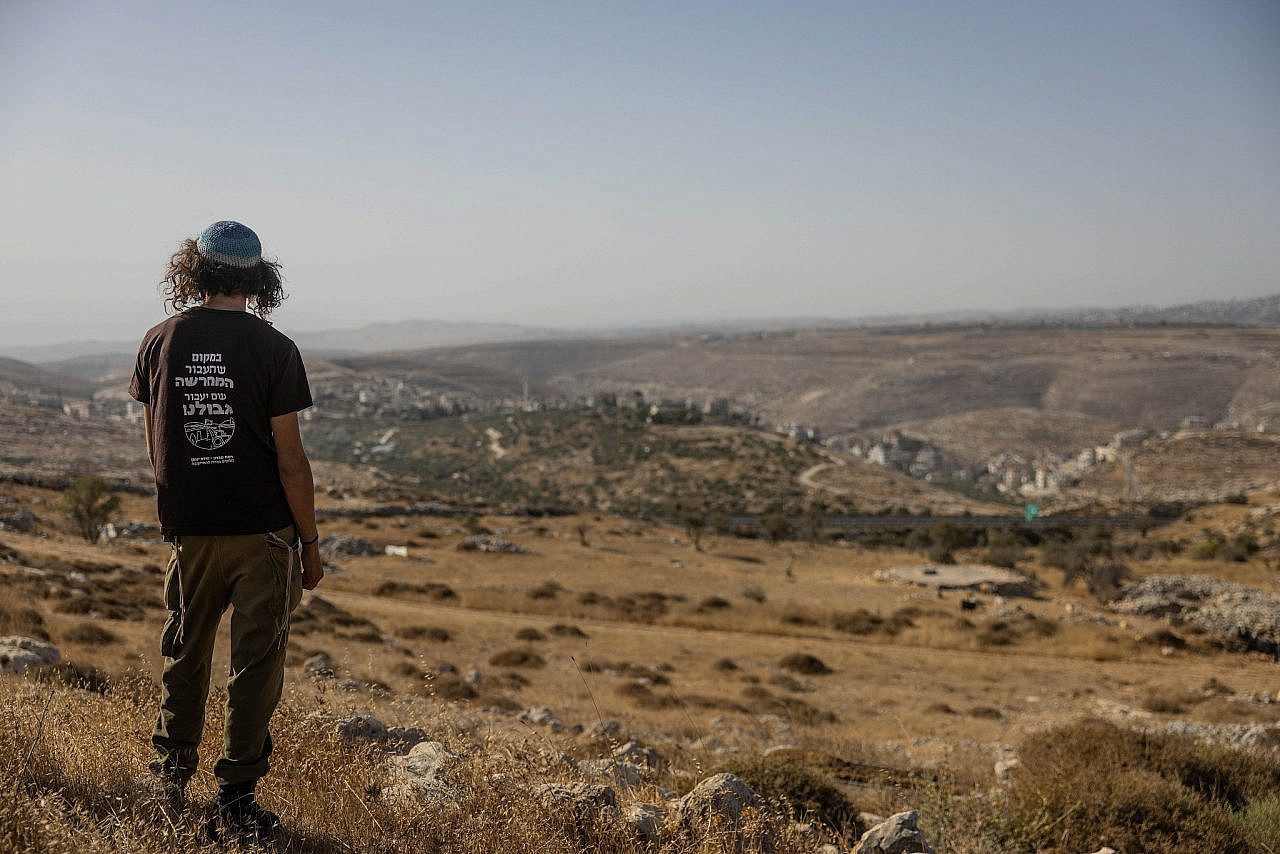
‘What if my children had been home?’
Raed Yassin and his family live on the outskirts of the village of Burqa, northwest of Nablus. Their home is located just 50 meters from an outpost that has become a symbol of settler power in recent years: Homesh.
First established as a government-authorized settlement in the late 1970s on lands belonging to residents of Burqa, it was one of four settlements in the northern West Bank that Israel evacuated in conjunction with the 2005 “disengagement” from Gaza. But settlers soon began returning to the dismantled settlement illegally, re-establishing the yeshiva (religious school) every time the authorities demolished it.
Their persistence bore fruit with the inauguration of Israel’s far-right government at the end of 2022, which, as one of its first orders of business, repealed the Disengagement Law — thus enabling settlers to lawfully enter the territories that were evacuated. Last May, settlers began construction work to expand the yeshiva, still in violation of the law but with the backing of the Defense Ministry. Since October 7, that construction, along with settler attacks on the Palestinians of Burqa, have spiked.
The most recent attack occurred on Jan. 9. “I was in my field, and my wife and children had left the house to visit relatives,” Yassin recounted. “Midway through the day, I received a call from one of the residents in the area about settlers attacking our house. I hurried back, but when I arrived, the settlers had already withdrawn.
“In footage from our home surveillance cameras, I saw 15 masked settlers cut down the fence around the house, damage its surroundings, break the sewage pipes, uproot trees, and try to remove the window and door protections,” he continued. “It was terrifying — what if my children had been at home?”
Since the beginning of the war, Yassin and his family have been forced to spend multiple nights sleeping at the house of relatives who live deeper inside the village, further away from Homesh. “On the nights we spend at home, I stay awake all night,” he said. “Settlers might come and set the house on fire.”
‘Settlers wearing army uniforms control everything’
Palestinians in the village of Qaryut, located between Nablus and Ramallah, have also been deprived of access to ever more of their land as a consequence of settler violence.
Qaryut sits on an area stretching approximately 20,000 dunams (around 5,000 acres), the majority of which is classified as Area C and planted with olive trees. Over the last 50 years, however, the village has gradually become encircled by Israeli settlements: Eli, built in 1984; Shvut Rachel, built in 1995; and Shilo, built in 1979. Collectively, these settlements, as well as several more recently constructed outposts, have confiscated more than 14,000 dunams of the village’s land.
Since October 7, the situation has deteriorated further. “Most of the village’s population, which exceeds 3,000 people, has been prevented from harvesting olives this season,” Ghassan al-Saher, a resident of the village, lamented. “Both settlers and the army have prohibited access to the land by blocking the road with dirt. Settlers took over fields and cut down numerous trees.”
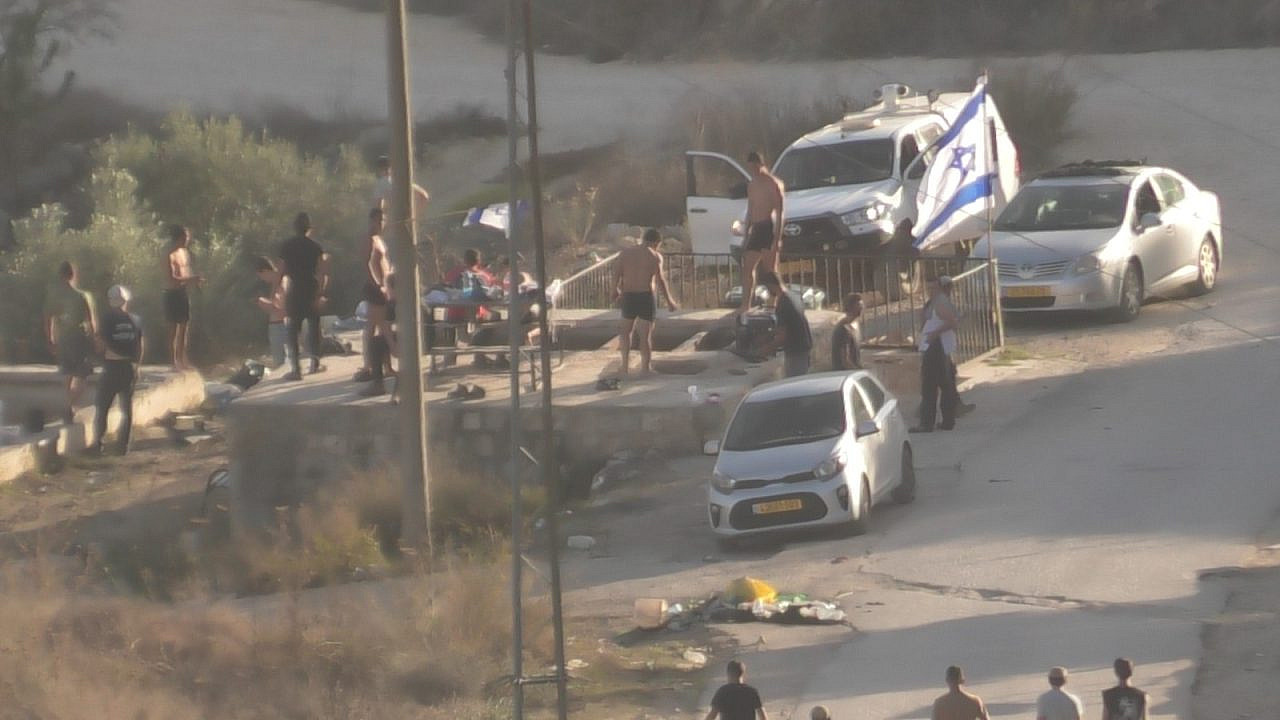
According to al-Saher, the settlers deliberately destroyed Palestinian infrastructure in the village. They attacked an agricultural project built with the support of the International Red Cross that had benefited 10 Palestinian families, damaging greenhouses and water tanks and cutting water pipes. They also took over Qaryut’s spring, a vital water source for the village. “They turned it into a park for themselves,” al-Saher said. “Anyone who approaches the spring risks being shot.”
Another resident, Bashar al-Qaryuti, added: “When the war started, we lost all the lands of the village classified as Area C. Life in the village has been paralyzed; we cannot reach our lands in the vicinity of the village. They storm the village and open fire. Many young people in the village do not sleep at night, fearing a settler attack.
Most read on +972
“What is happening now in Qaryut is a new stage of displacement,” al-Qaryuti continued. “More than 200 villagers are planning to leave Palestine — they all got visas to European countries; they want to leave.
“The neighborhood of Surra [inside the village] is under complete siege by settlers,” he went on. “The roads are closed, residents’ exit and entry needs coordination, the settlers broke all the surveillance cameras installed on the houses in the vicinity of the village, and we fear there may be a plan to commit a crime like what happened in the village of Duma in 2015 [when settlers firebombed a Palestinian home, killing three people including an 18-month-old baby].”

